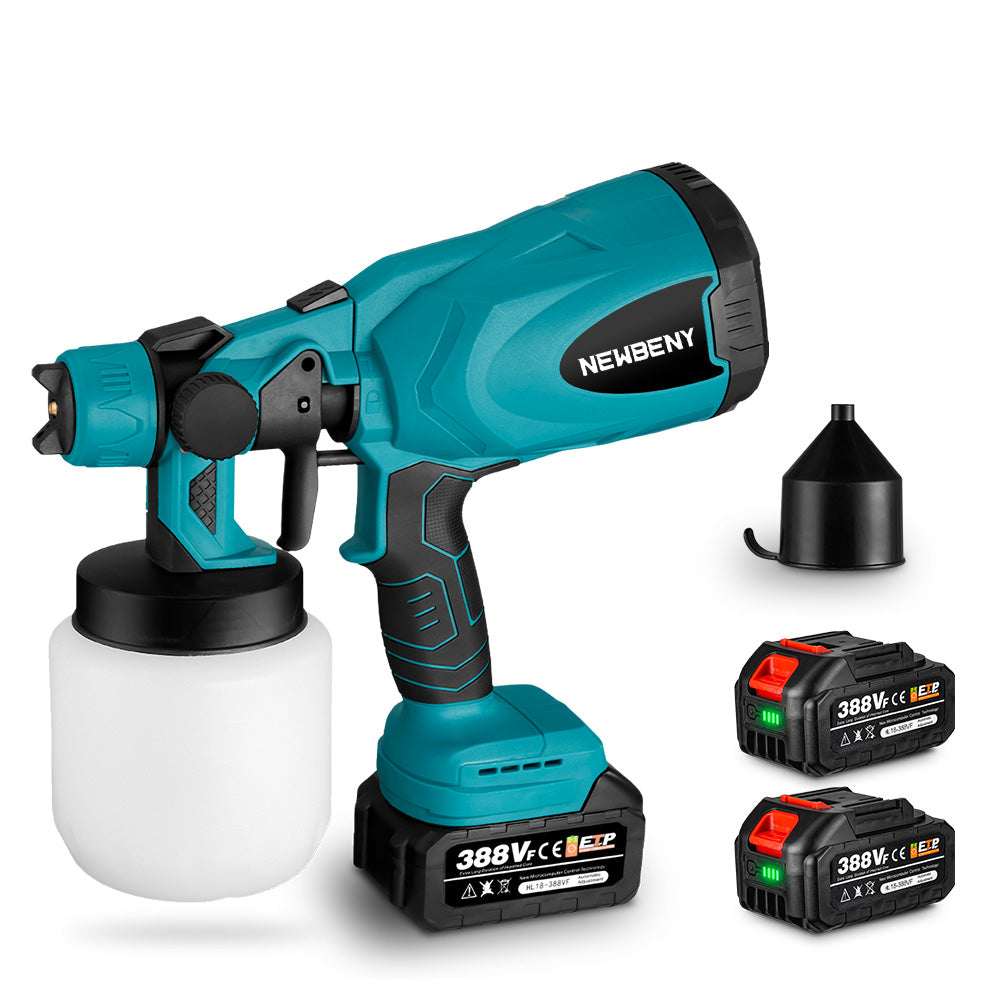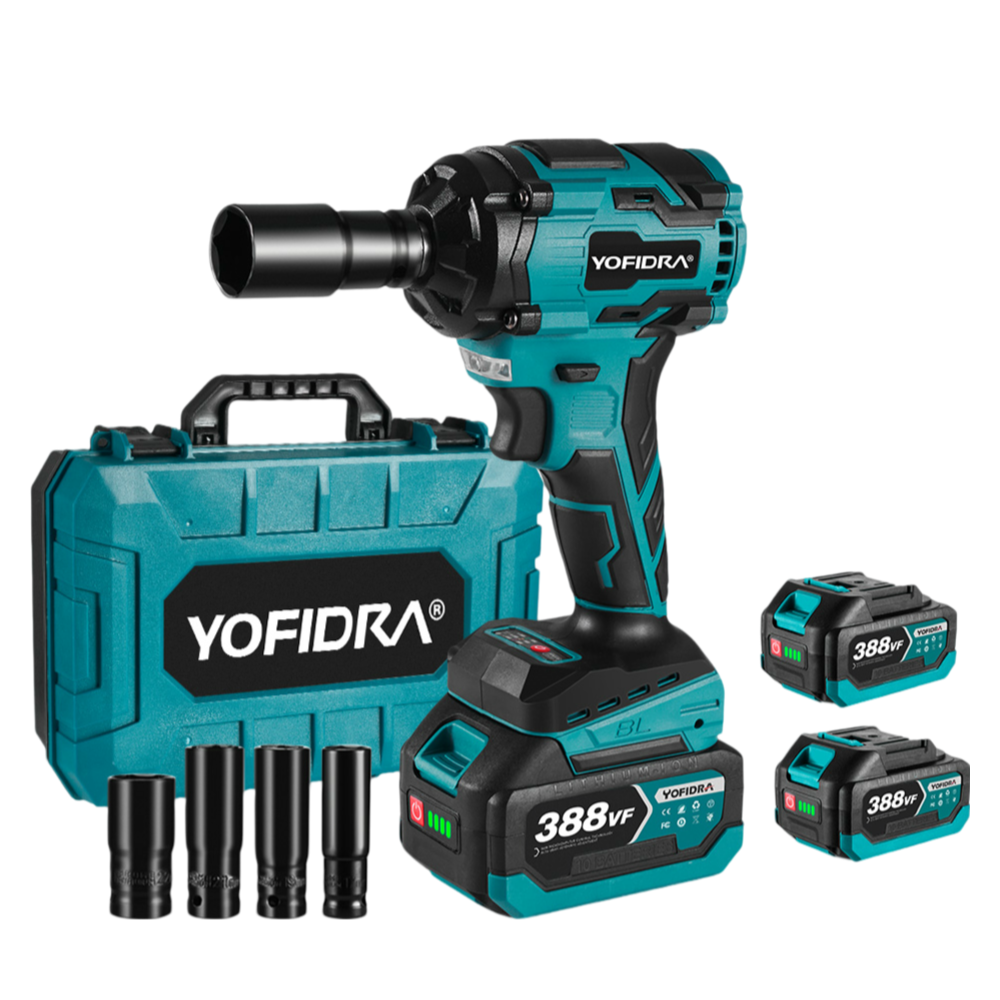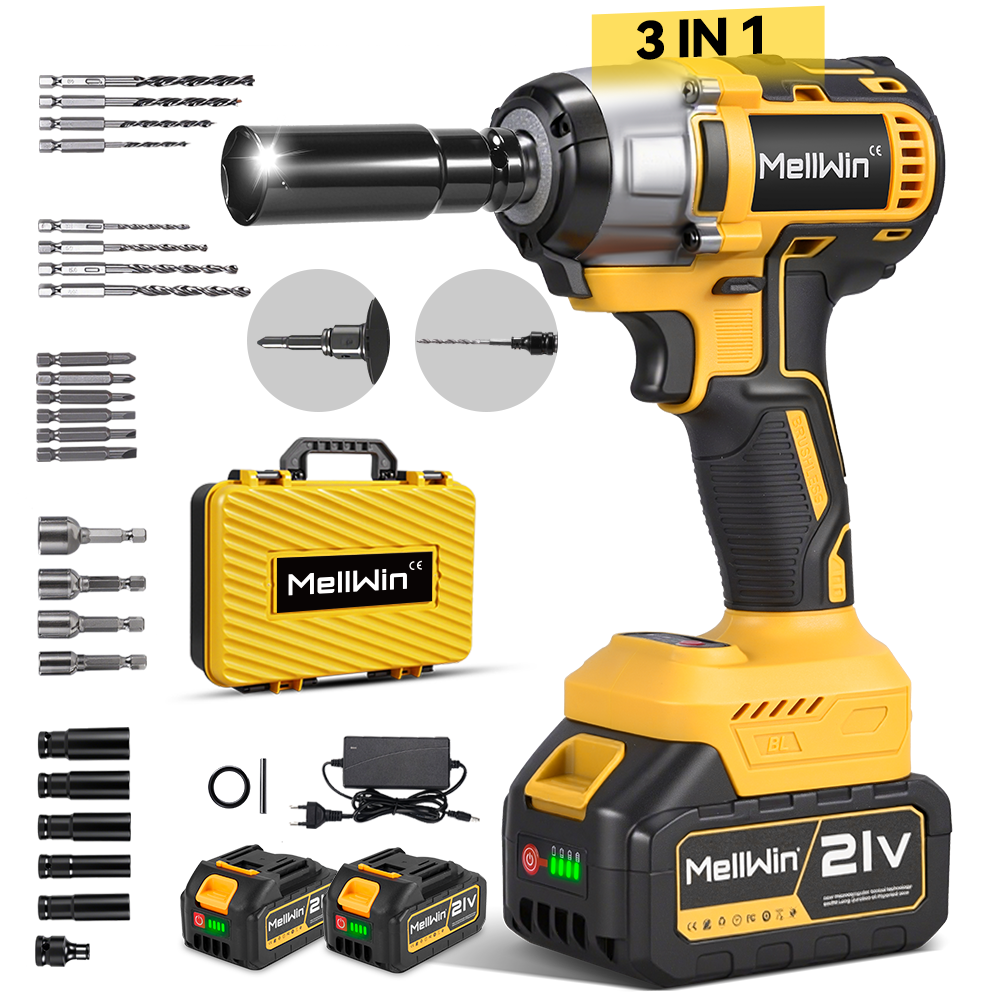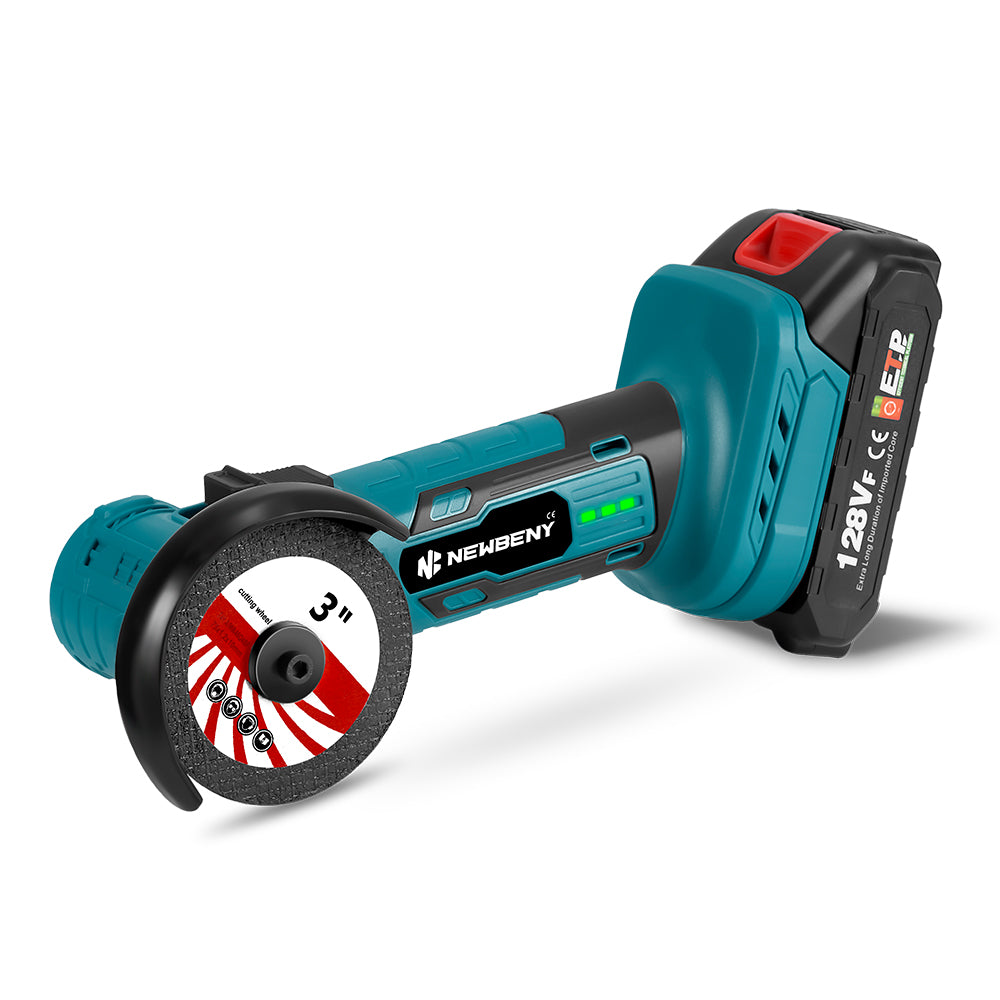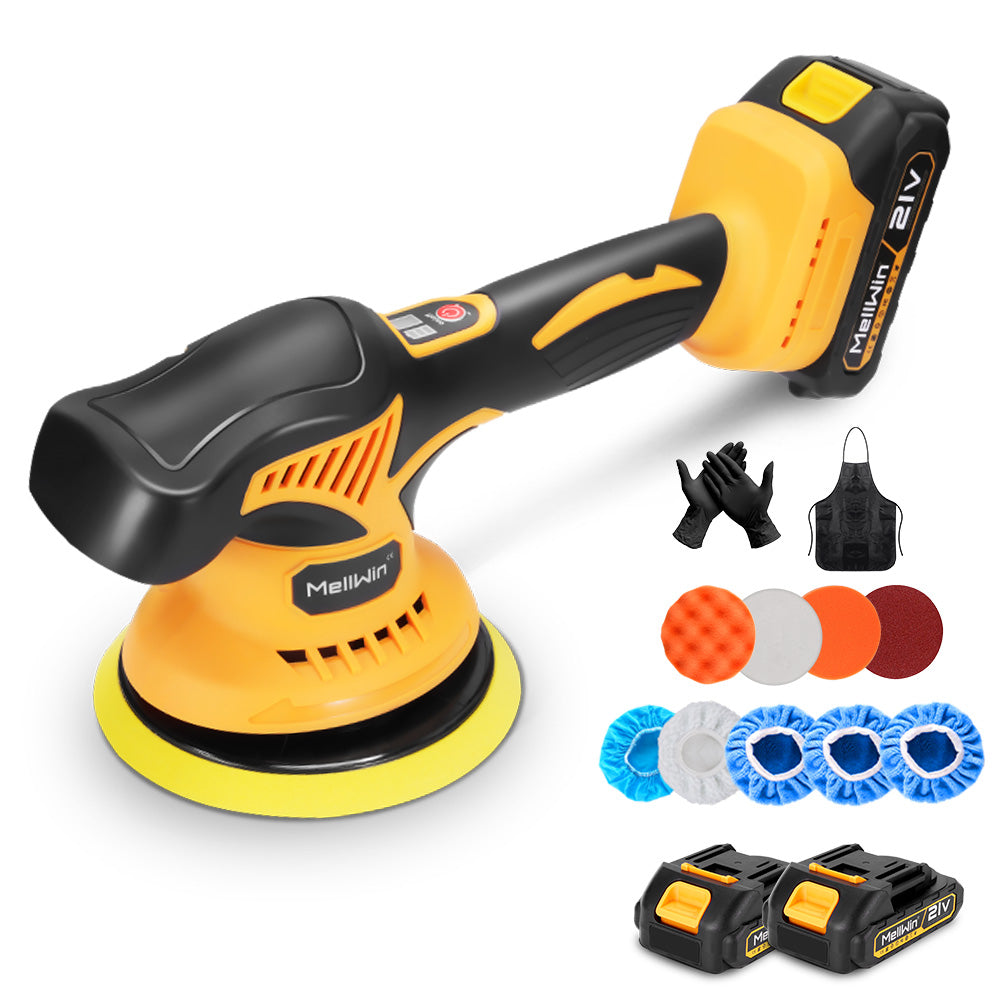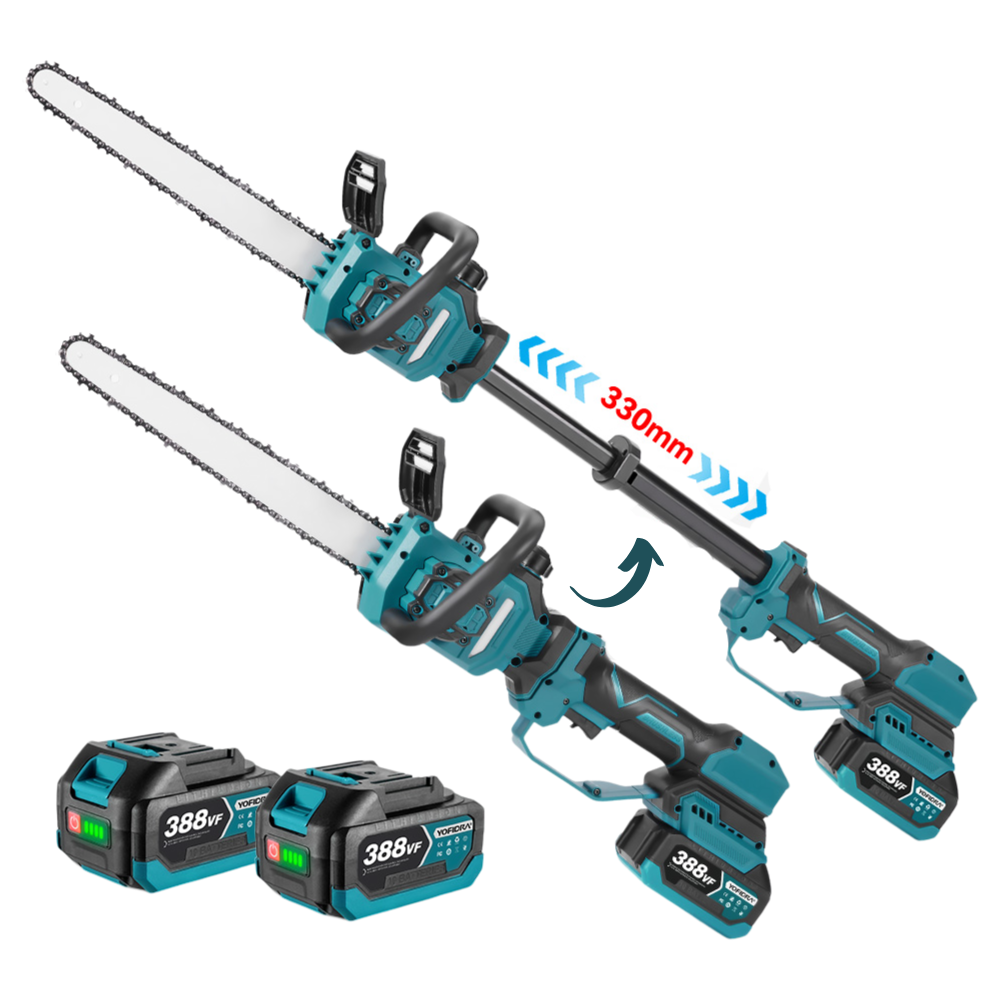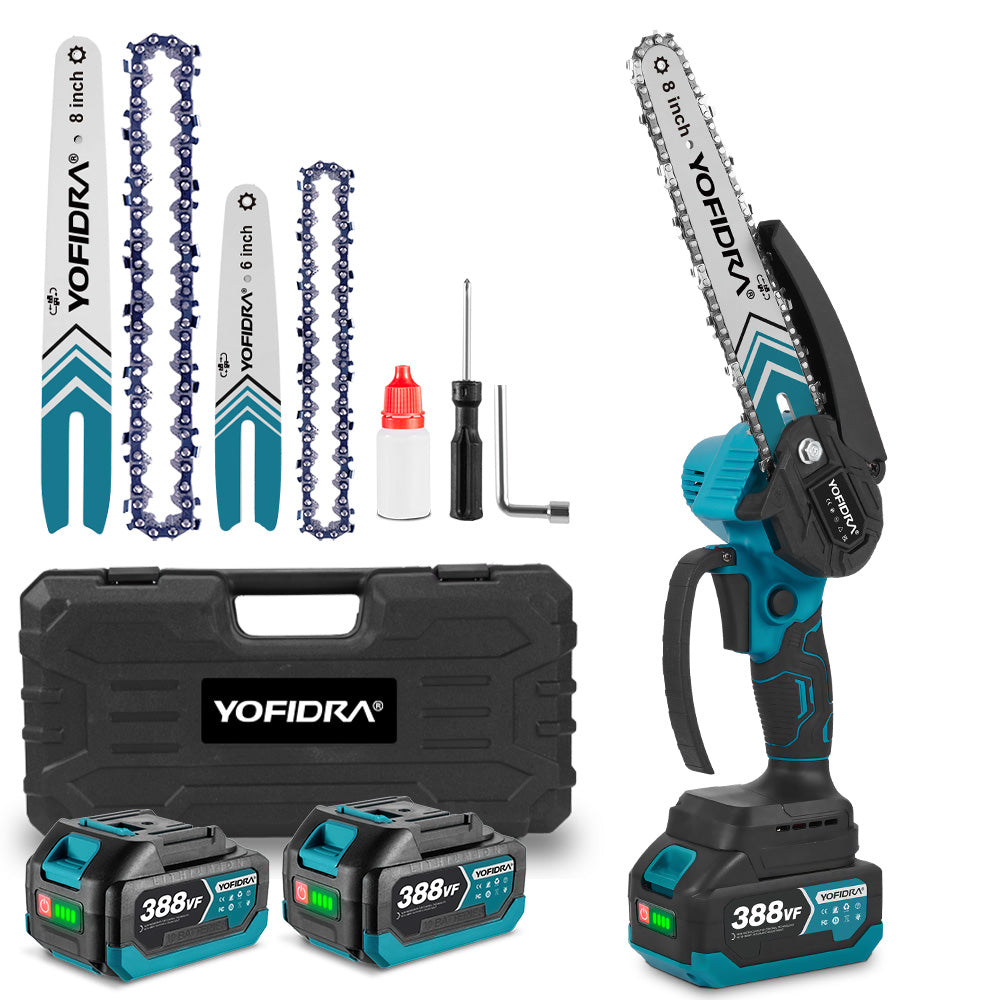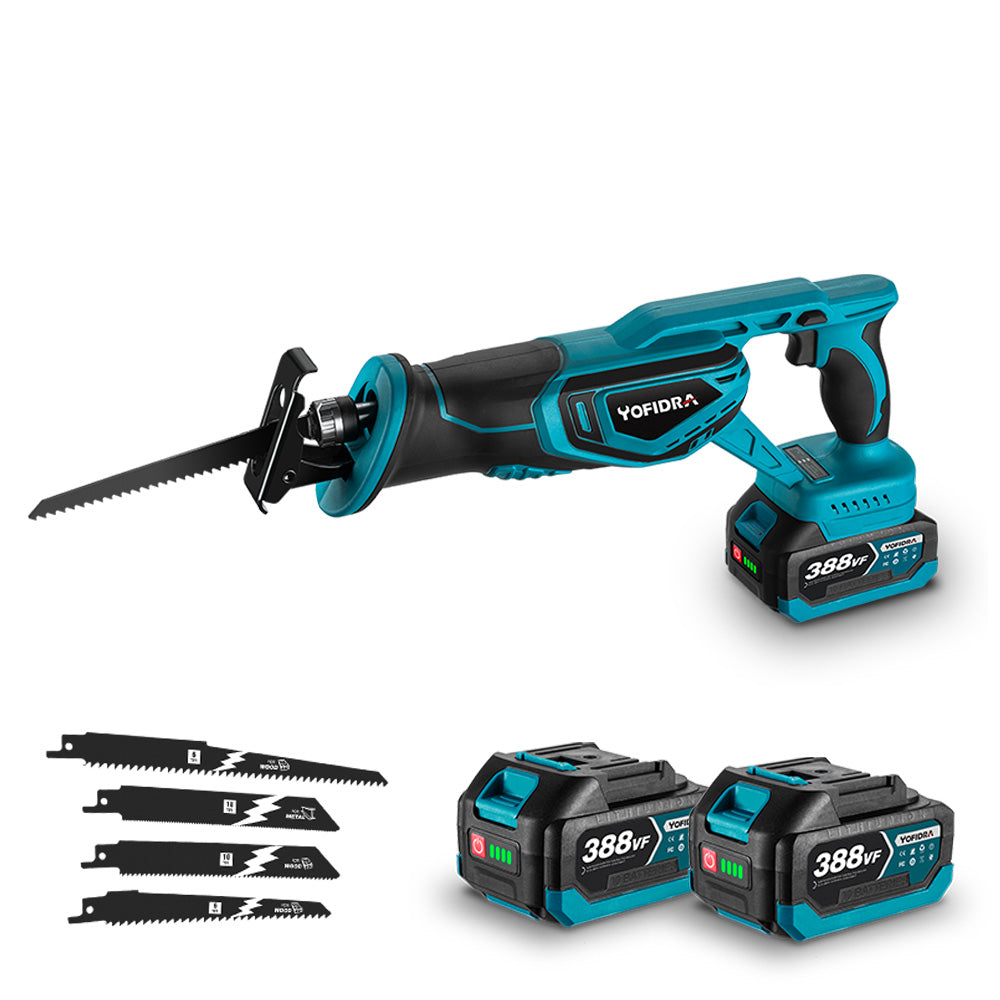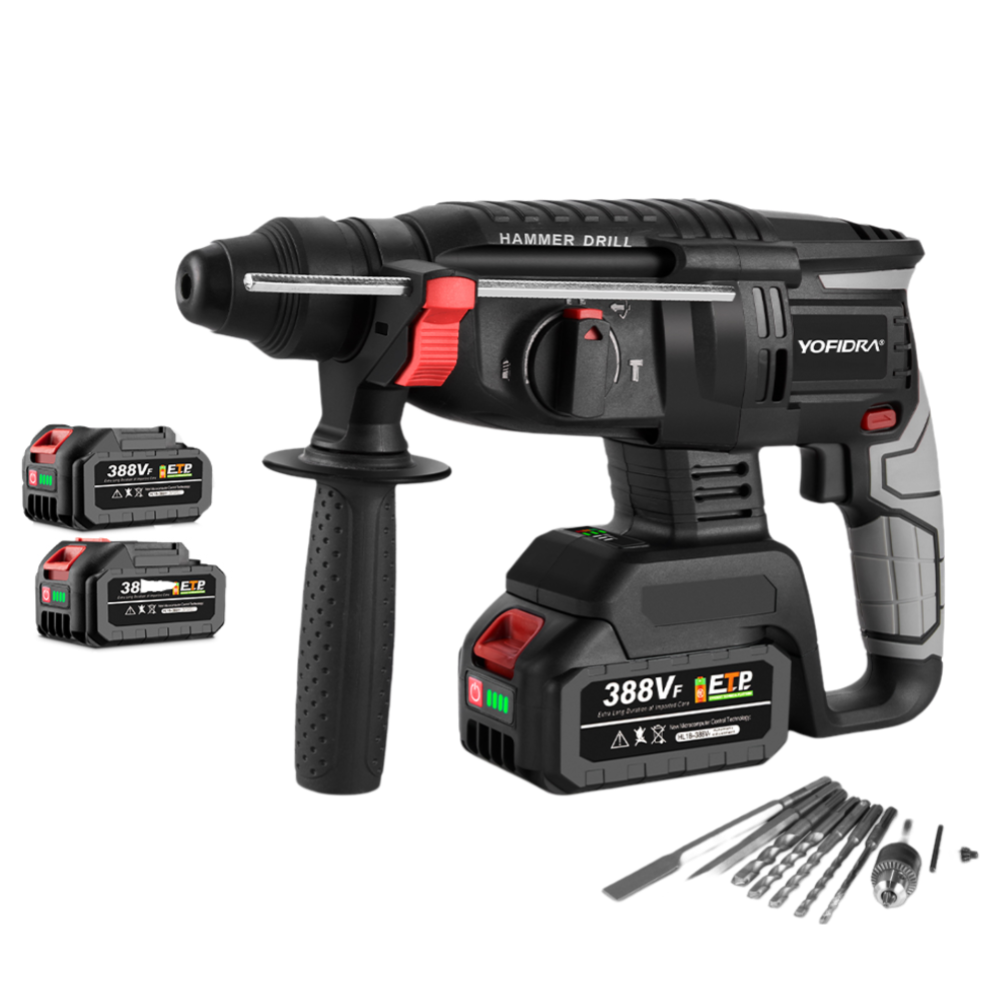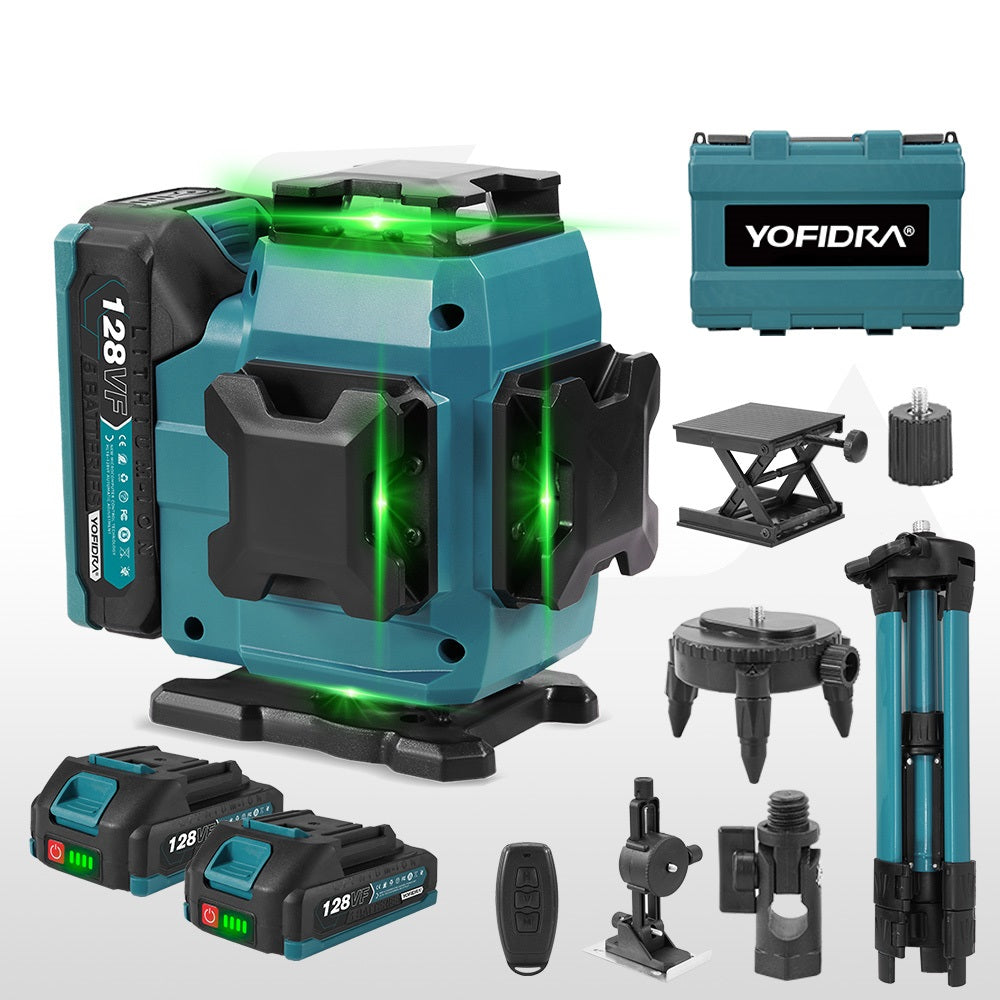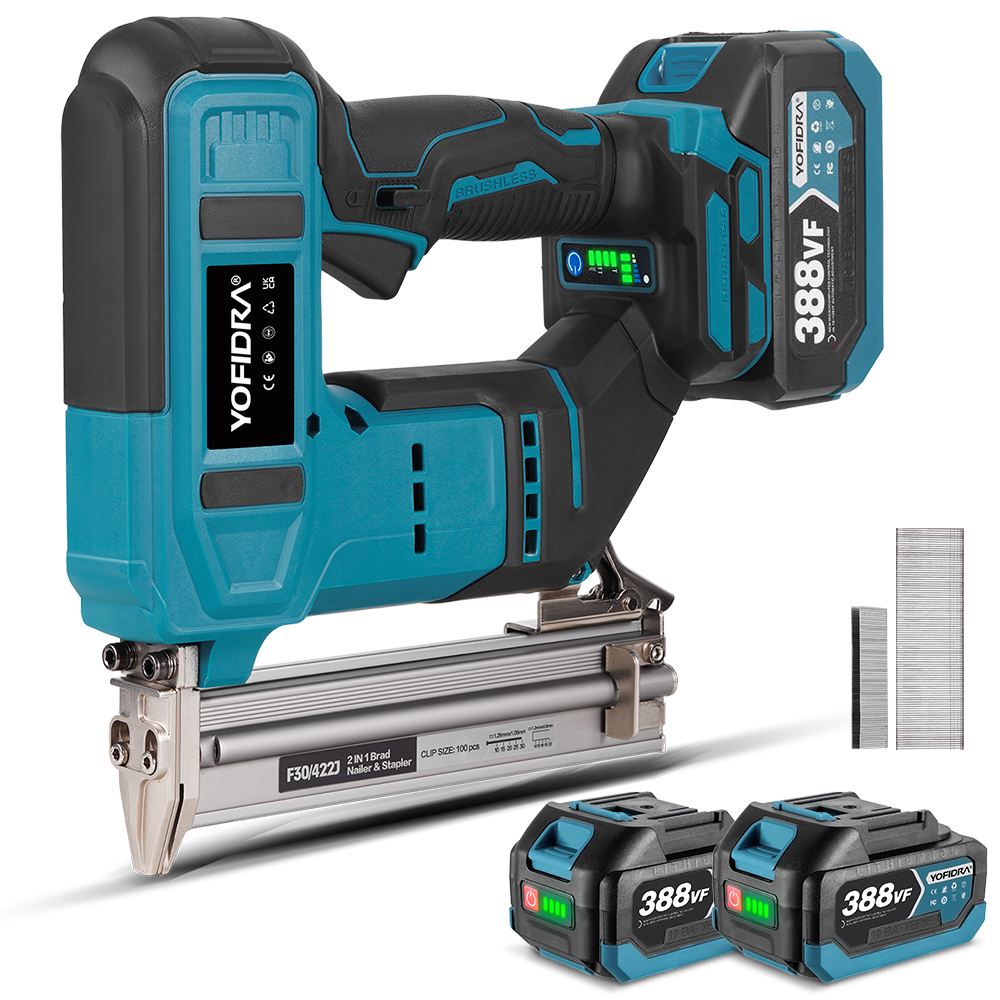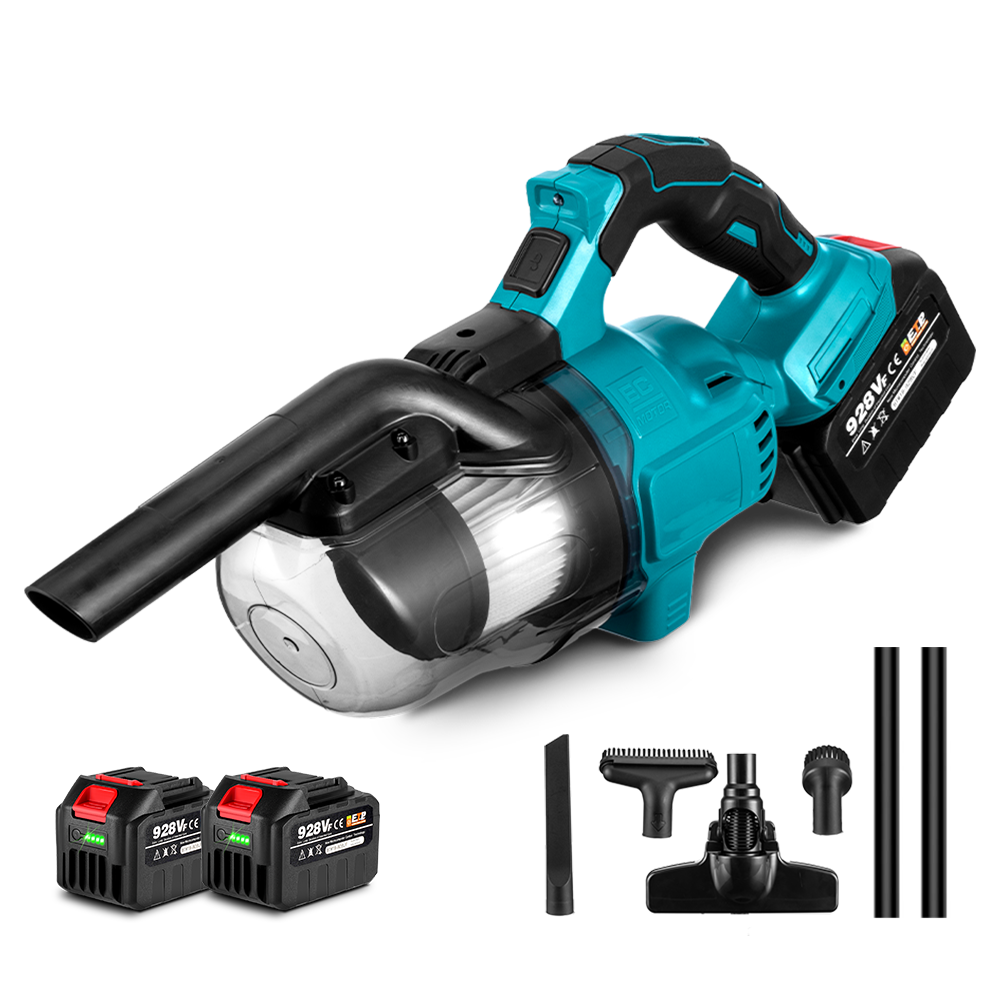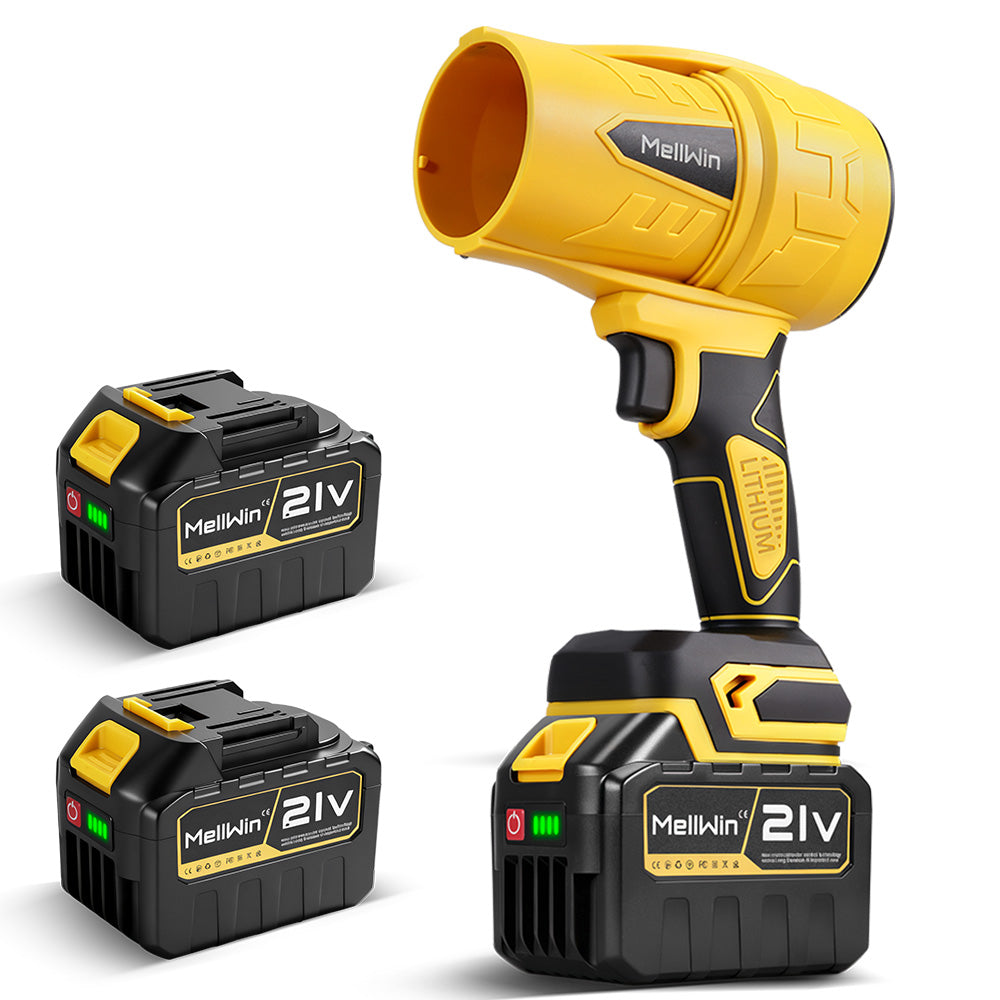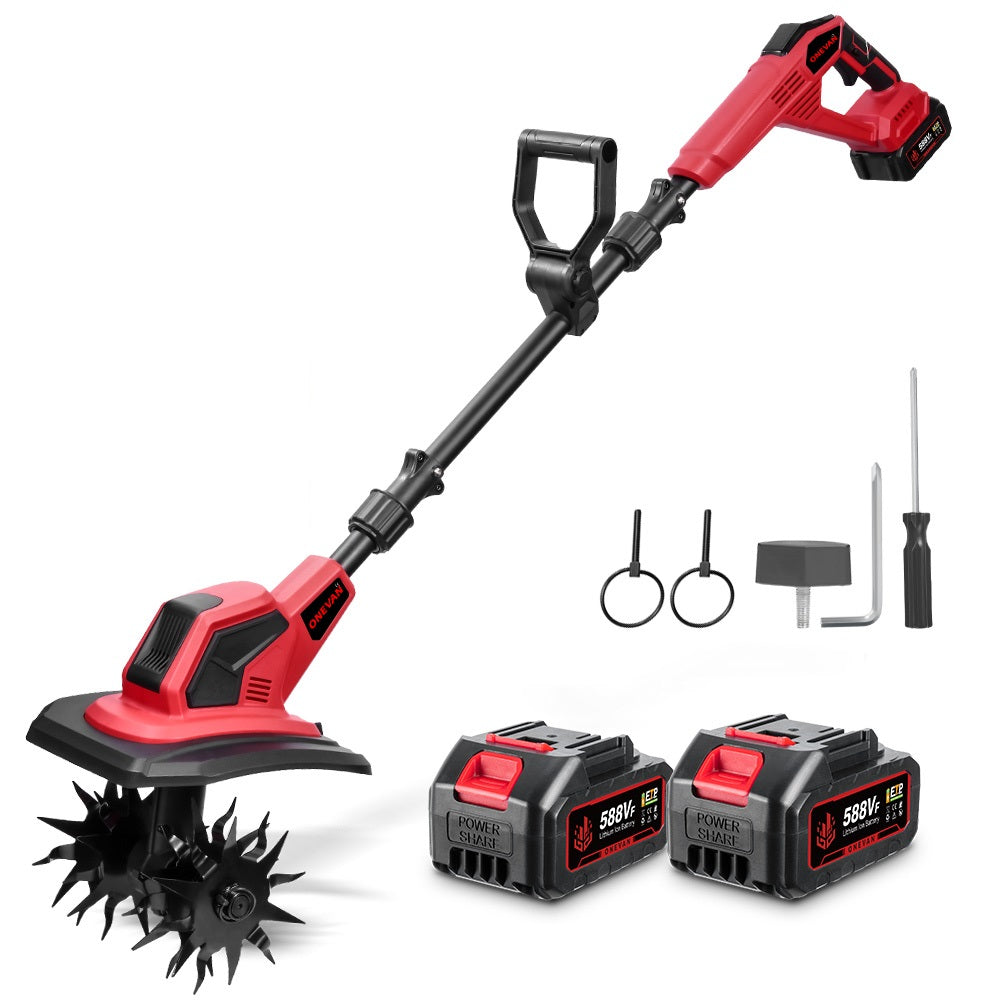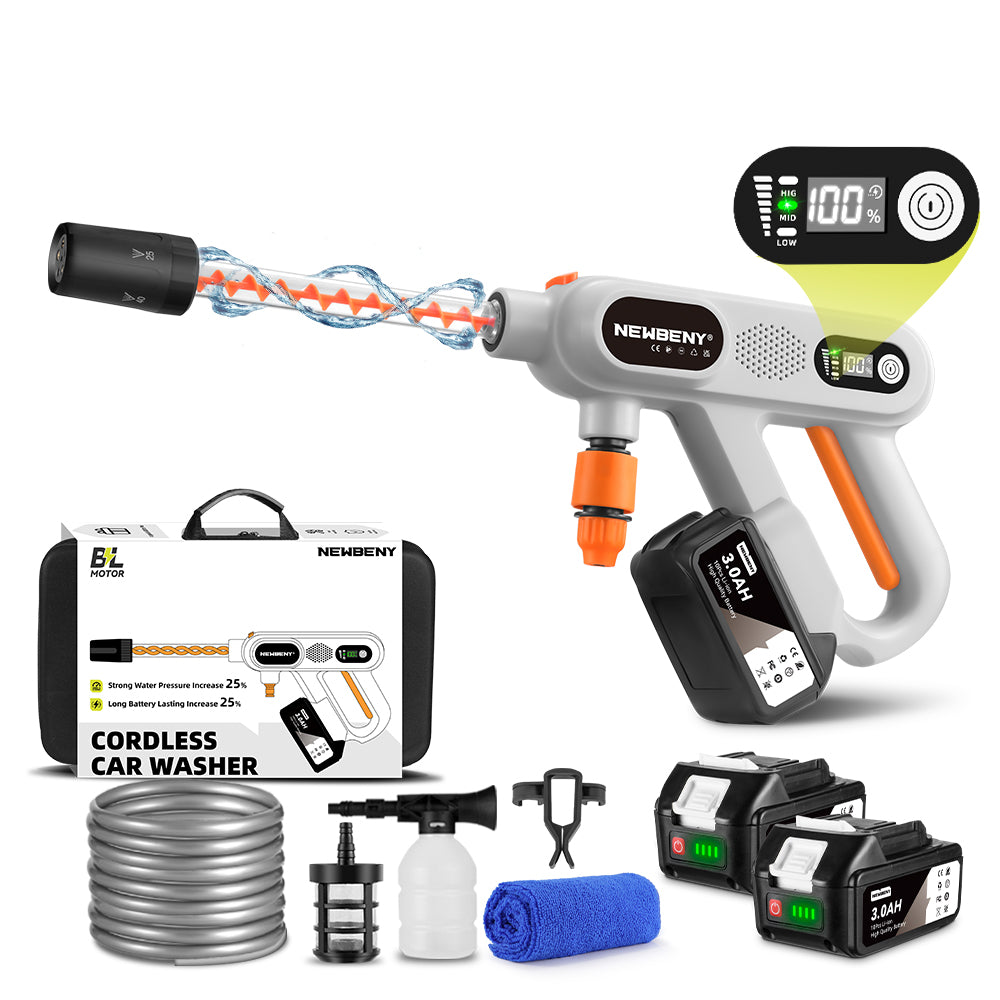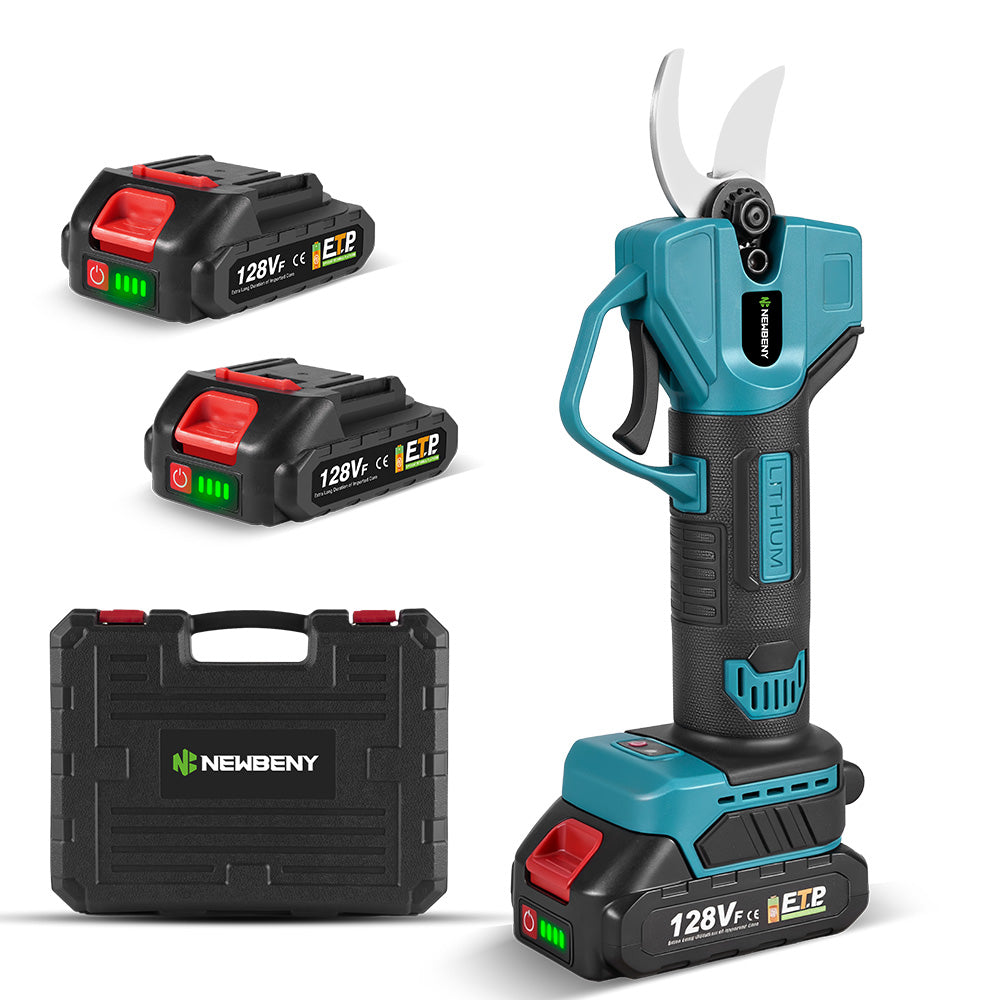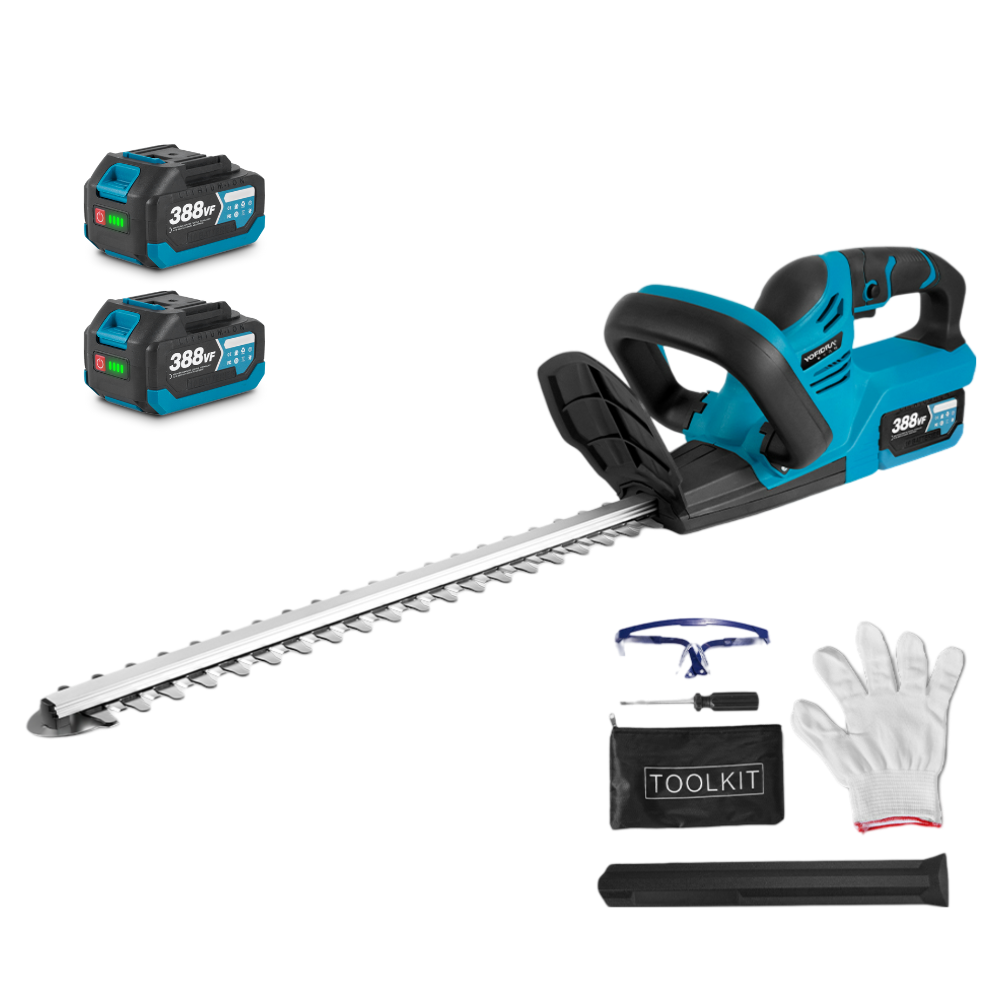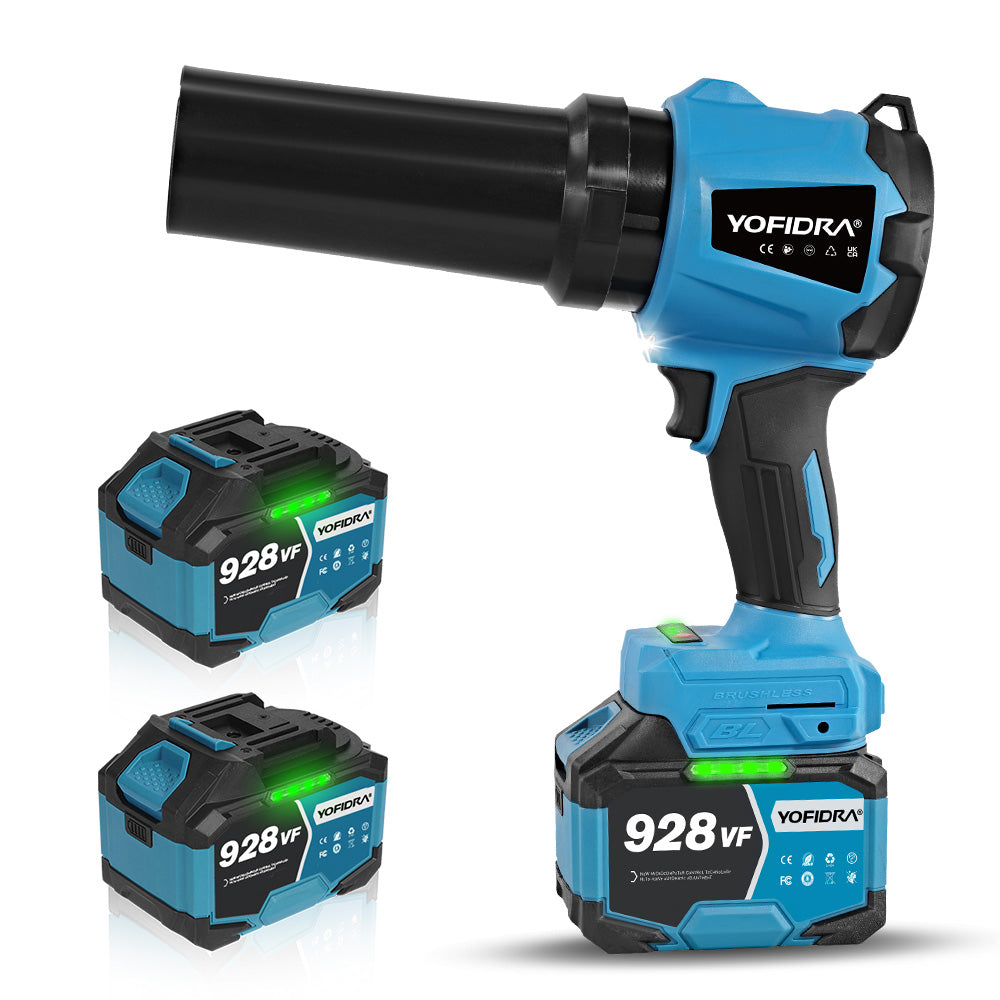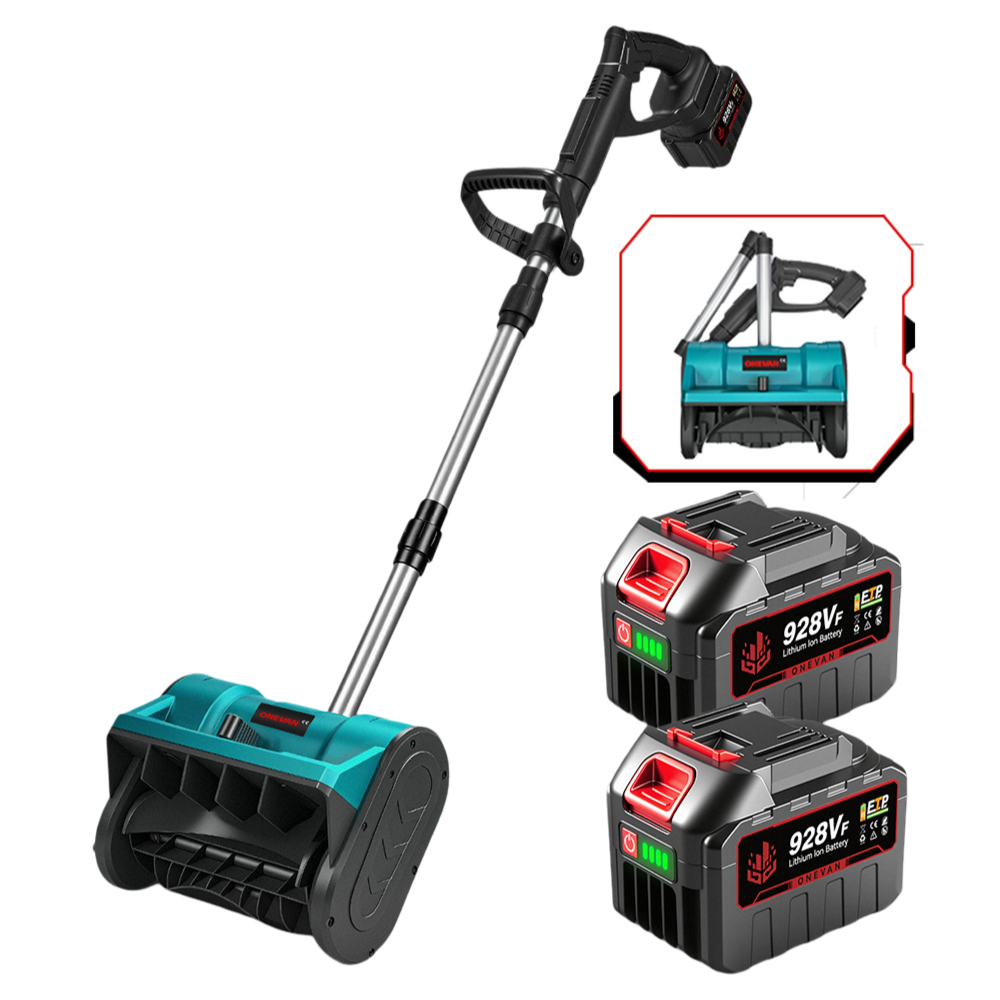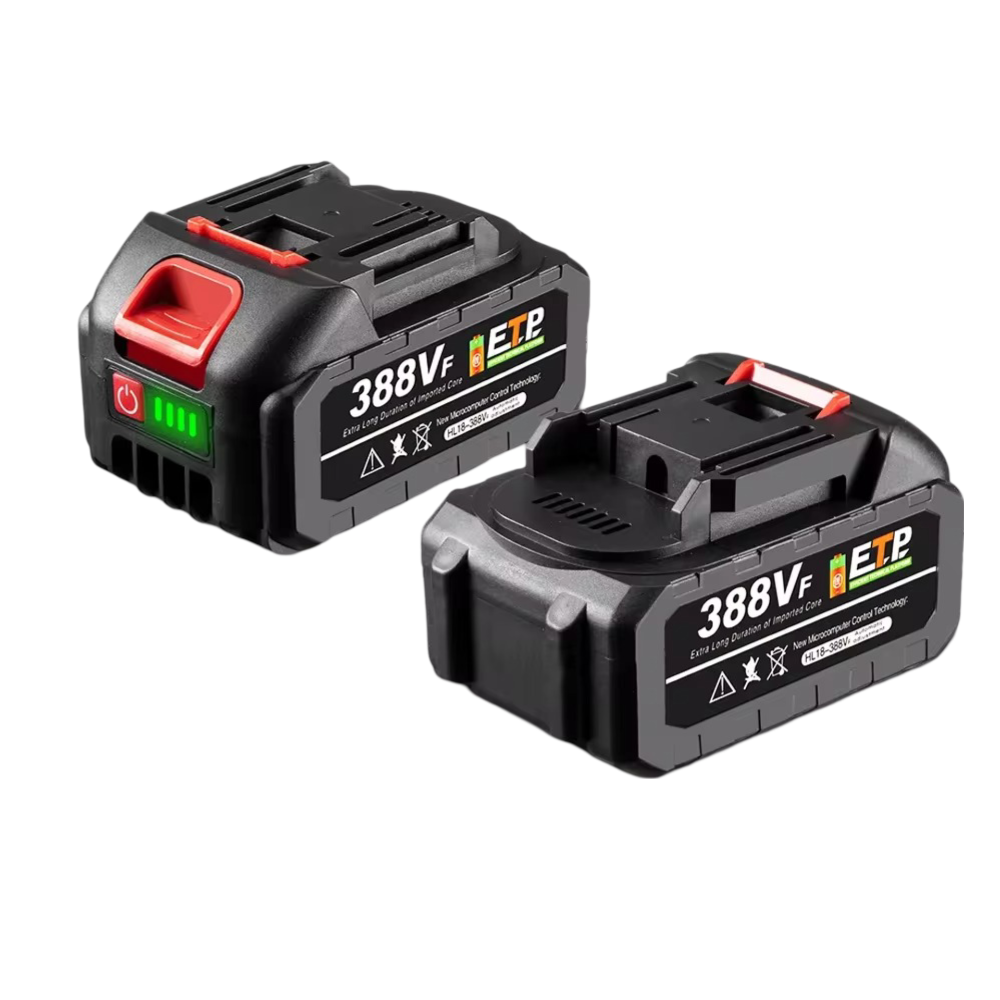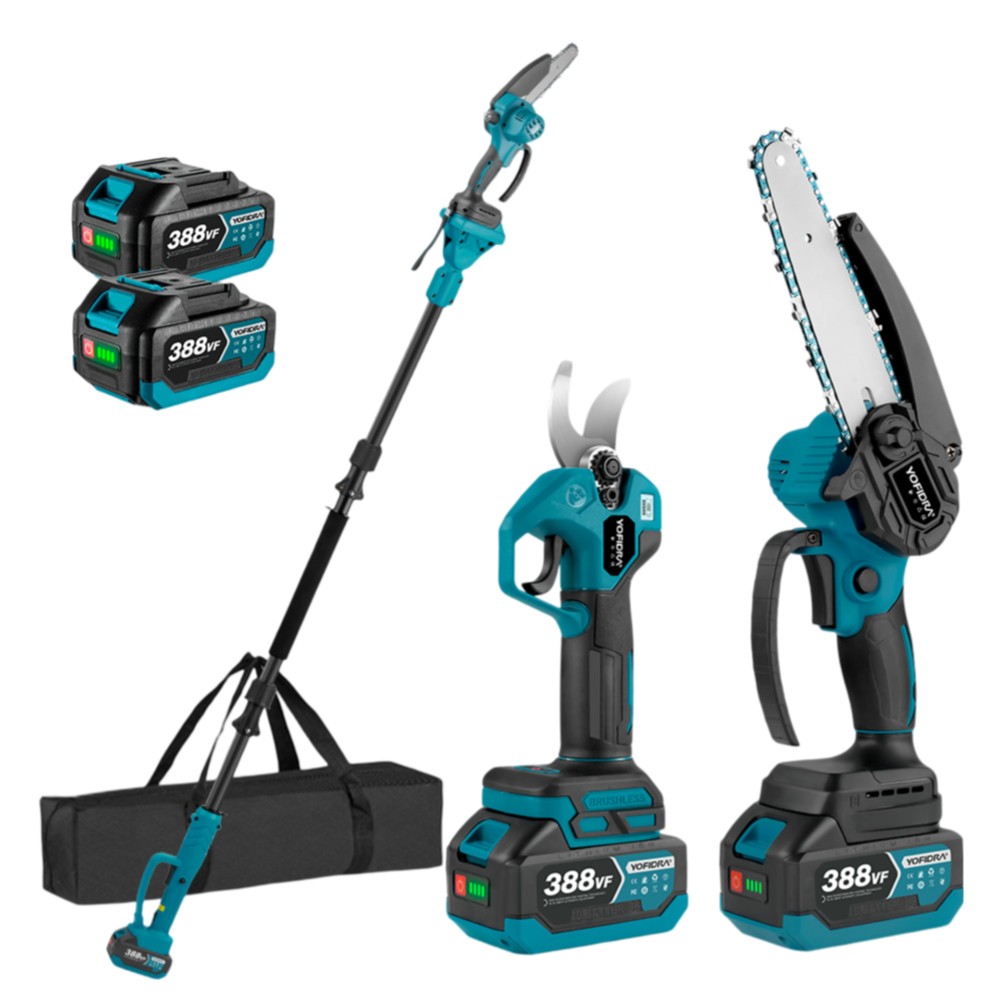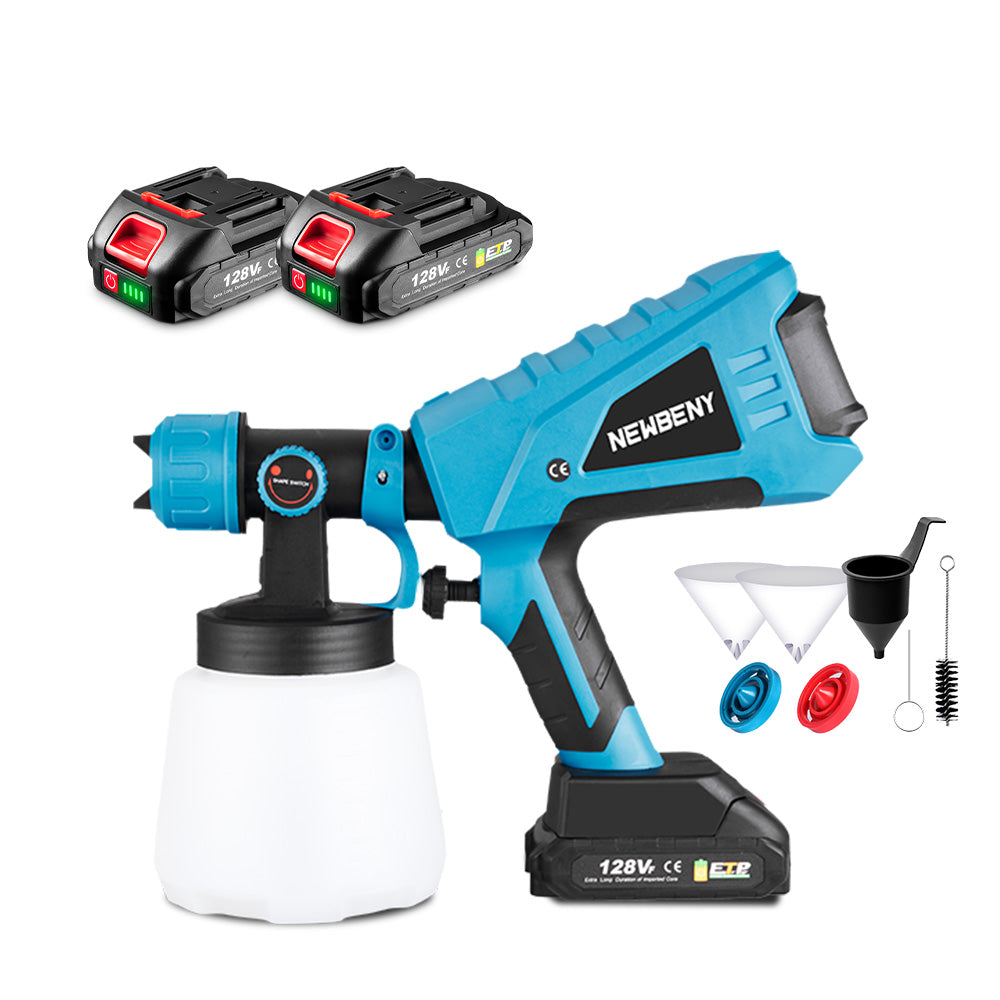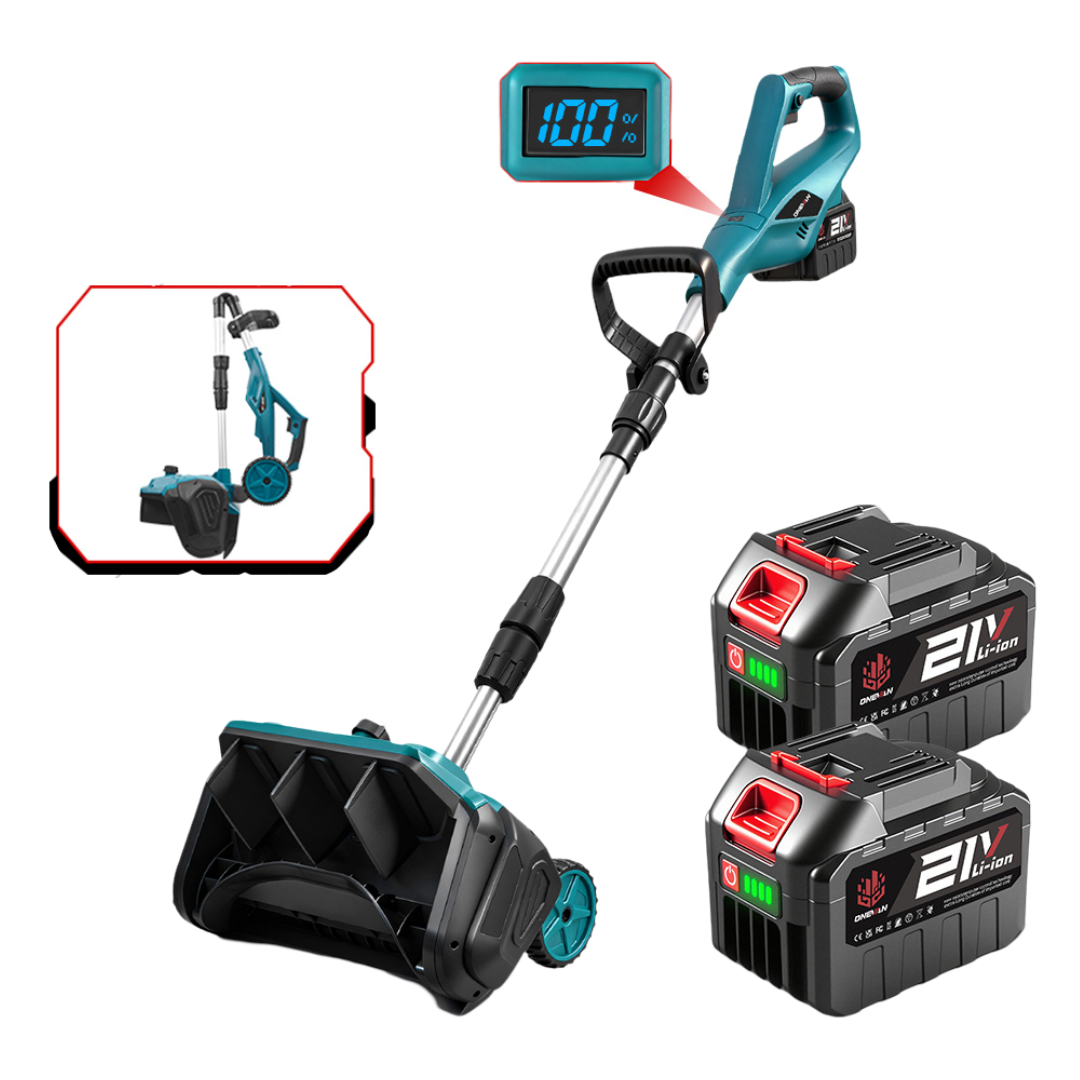A tangled chainsaw chain can significantly impact your productivity, turning the cutting process into a frustrating situation. Whether you are a professional logger or you are working in a yard, you should know how to untangle a chainsaw chain. It is useful knowledge that can save you time and money. Most people have experienced this. You are ready to start your saw, only to discover the chain has twisted itself into a complex knot.
However, the situation is manageable. With the right approach and patience, you can get that chain straightened out. This guide will walk you through everything you need to know about untangling chainsaw chains. First, we will cover why they tangle in the first place. Then, we will discuss ways to prevent future tangles.
1. Understanding Chainsaw Chains
If your question is how do you untangle a chainsaw chain then you should read the basics of chainsaw chains first.
What is a Chainsaw Chain?
A chainsaw chain is the cutting component that wraps around your saw's guide bar. Specifically, it is composed of three main components: the cutter teeth, drive links, and tie straps, which work together to slice through wood efficiently. The cutter teeth do the actual cutting work. Meanwhile, drive links fit into the guide bar groove, transferring power from the engine to the chain. Lastly, everything is joined together using tie straps, which provide the structure.
All these elements are crucial to the chain's performance. Consequently, in case of any breakage and poor maintenance of any of its parts, there is a high tendency that you will have problems.
Types of Chainsaw Chains
Understanding your chain type helps you know what you are working with when you need to untangle it. Additionally, different chains have distinct characteristics that influence their behavior when tangled.
Low Profile Chains
For casual users, low-profile chains have shorter cutter teeth, so they're safer and easier to handle. With a shorter profile, they're less likely to kick back, and they also cut slower. Furthermore, they are suitable for light-duty tasks, such as pruning and removing small trees. Low-profile chains are also easier to untangle since the cutters don't catch on so much.
NewBeny 4500W 8-Inch Brushless Cordless Chainsaw features a low-profile chain. This feature makes it very safe and easy to handle. Moreover, this is a compact chainsawthat is best for light-duty tasks like pruning and small tree removal.
Full Chisel Chains
Full chisel chains have square-cornered teeth that cut quickly and cleanly through softwood but may be less effective on hardwood due to an increased risk of kickback.
They are the choice for professional loggers who need maximum cutting speed. However, these aggressive cutters can create more stubborn tangles since the square edges tend to lock together. They also require more frequent sharpening and careful handling.
The NewBeny 16 Inch Brushless Cordless ChainsawFeatures a Digital Display and comes with Full-Chisel chains for tackling tough cutting tasks. For example, its robust 8000W brushless motor and 20 m/s chain speed give you professional-level cutting.
Semi-Chisel Chains
Semi-chisel chains give the user a good balance of cutting speed and durability. For example, they have rounded cutter corners that stay sharp longer than full chisel chains. Subsequently, they can handle dirty conditions better. Furthermore, they are more forgiving when tangled because the rounded edges do not lock together as tightly. This makes them popular for general-purpose cutting.
Ripping Chains
Ripping chains are specialized for cutting along the grain of wood, like when milling lumber. They have a different cutter angle that creates smooth, even cuts lengthwise. While you will not encounter ripping chains as often, they can tangle just like any other chain type.
Low Profile+Semi-Chisel Chains
Low-profile and Semi-Chisel Chains are hybrid chains that combine the safety and versatility of both designs, making them suitable for homeowners who want reliable cutting performance.
In particular, the Newbeny 6-inch cordless chaninsaw and 8-inch cordless chainsaws come equipped with Low Profile + Semi-Chisel chains. Meanwhile, the 12-inchcordless chainsaw uses Low Profile chains. The 16-inch cordless chainsaw features Full-Chisel chains for more demanding cutting tasks.
2. Why Does the Chainsaw Chain Tangle?
How do you get a chainsaw chain untangled? Below, we outline some basic issues and discuss the reasons behind chainsaw chain tangling.
1. Improper Operation
Incorrect Cutting Angle
When one does not maintain the proper cutting angle, the chain can bind in the cut or jump out unexpectedly. This sudden movement often causes the chain to derail and tangle around the guide bar or engine housing. Therefore, always keep your saw level and cut at the recommended angle for your specific chain type.
Excessive Force
Pushing too hard on your chainsaw does not make it cut faster. Instead, it makes everything worse. Excessive force can cause the chain to stretch, derail, or even break. Let the chain do the work while you guide the saw smoothly through the cut. We have seen too many chains get mangled because someone thought they could muscle through a tough cut.
2. Poor Maintenance
Loose Chain
A loose chain is a recipe for tangles. When there is too much play in the chain, it can slip off the guide bar during operation and wrap around itself. Check your chain tension regularly; it should be snug against the guide bar with no slack yet still able to be pulled slightly away from the bar without excessive force.
Worn Chain
Worn chains develop uneven surfaces that may catch on each other more easily, increasing the likelihood of tangling. Drive links wear down, cutters become uneven, and tie straps can develop cracks. All of these issues increase the likelihood of tangling. Therefore, replace your chain when it shows significant wear.
Lack of Lubrication
Having your chain lubricated will help to keep your chain moving freely and avoid over wearing. When the quantity of oil is insufficient, your chain overheats, causing parts to wear out more quickly, which can lead to issues like twisting. Ensure that your oil reservoir is filled and the oiling system is in good condition.
3. Storage Issues
Improper Storage
An unprotected chainsaw is very dangerous. The chain gets damaged, tangled with other tools, or falls off easily.
Moist Environments
Rust and corrosion develop when chainsaws are kept in wet conditions. Rusty chains may not roll freely, and corroded parts can stick to each other; maybe the guide bar. These conditions significantly increase the chances of tangling during operation.
4. Reasons New Chains Can Tangle
Improper Installation
There is no quicker method of getting a chain in a mess than fitting it incorrectly. Before tightening it, ensure that the cutters are correctly aligned, the chain is properly seated in its groove in the guide bar, and that everything is in line.
Insufficient Tension
New chains often need different tension than worn chains. They may feel slightly loose at first, requiring adjustment after the first few minutes of use. Check tension frequently during the break-in period.
Adaptability of the Chain
New chains require a break-in time to fit correctly to your guide bar and the sprocket on your saw. They can act differently than you want them to do during this period. The first tank of fuel should be taken easy, and tension and alignment should be checked periodically..
3. How to Untangle a Chainsaw Chain
How to Untangle a Low-Profile Chainsaw Chain
Step-by-Step Guide to Untangle a Low Profile Chainsaw Chain:
First, start by turning off your chainsaw and letting it cool completely. Next, remove the spark plug wire to prevent accidental starting. You will need good lighting and plenty of space to work.
Then, locate where the tangle begins. Low profile chains typically tangle near the nose of the guide bar or around the drive sprocket. Look for the point where the chain first doubled back on itself. This is your starting point.
After that, work backward from the tangle, gently separating each link. Do not force anything. Low profile chains have smaller components that can bend or break if you are too aggressive. Use needle-nose pliers if necessary, but grip the tie straps, not the cutters.
Once you have loosened the initial tangle, work your way around the entire length of the chain. Check for any twisted or bent links that may cause problems when reinstalling the chain. Sometimes, what appears to be a simple tangle can create secondary problems elsewhere.
Common Issues:
Low-profile chains can develop tight kinks that resist untangling. If you encounter a stubborn section, try working from both directions toward the problem area. The smaller components require more care when applying force.
How to Untangle a Full Chisel Chainsaw Chain
Step-by-Step Guide to Untangle a Full Chisel Chainsaw Chain:
Full chisel chains require extra patience because their square cutters lock together more aggressively. First, start by examining the entire tangle to understand how the chain folded on itself. These chains often create multiple overlapping loops that need to be addressed in the right order.
Next, begin with the outermost loop and work inward. The sharp square edges of full chisel cutters can catch on clothing and skin, so wear gloves throughout the process. Use a systematic approach. Do not try to pull the entire chain straight at once.
Then, identify the drive links and use them as reference points. The drive links should all face the same direction when the chain is properly oriented. If you see drive links facing opposite directions, you have found where the chain twisted.
Finally, work slowly and methodically. Chains can be extremely costly, so taking your time and working systematically will help you untangle chains that appear hopeless.
Common Issues:
Chisel chains' aggressive cutting edges can cause interlocking tangles that are tough to separate. If this happens, try rotating the chain slightly and applying gentle pressure. Sometimes, a slight angle adjustment can free the chain.
How to Untangle a Semi-Chisel Chainsaw Chain
Step-by-Step Guide to Untangle a Semi-Chisel Chainsaw Chain:
Semi-chisel chains tend to be easier to untangle simply because their rounded cutters don't lock together tightly. For best results, lay the chain out flat on a clean, flat surface.
Try to find the chain's natural curve, even when it's tangled. Work with the chain's natural curve rather than against it. Gently encourage the chain back to its normal shape.
You must be cautious around the cutting edges of semi-chisel chains. Focus on manipulating the tie straps and drive links rather than grasping the cutters directly.
Lastly, check each section as you untangle it. Semi-chisel chains can have subtle damage. You should also inspect the tie straps for cracks or unusual wear patterns on the drive links.
Common Issues:
Semi-chisel chains sometimes develop loose loops that seem untangled but will tangle again as soon as you try to install them. Make sure you have worked out all the excess slack and that the chain maintains its proper circular orientation.
How to Untangle a Ripping Chainsaw Chain
Step-by-Step Guide to Untangle a Ripping Chainsaw Chain:
First, start by identifying the cutting direction. Ripping chains have a very specific orientation, and installing them backward will create immediate problems. The cutters should angle back from the direction of chain travel.
Then, work the tangle systematically, paying attention to the specialized geometry of ripping cutters.
Finally, take extra care around the depth gauges. Damage to these components will affect the chain's ability to make smooth, even cuts.
Common Issues:
Ripping chains can develop tangles that interfere with their specialized cutting geometry. If you notice any bent or damaged cutters during the untangling process, you should call a professional service.
How to Untangle a Low Profile+Semi-Chisel Chainsaw Chain
Step-by-Step Guide to Untangle a Low Profile+Semi-Chisel Chainsaw Chain:
These hybrid chains combine the characteristics of both low profile and semi-chisel designs. They are generally forgiving to work with, but you need to respect both the smaller components and the rounded cutting edges.
Low-profile and semi-chisel chains, used on smaller saws like the Newbeny 6-inch and 8-inch models, tend to create more compact tangles that can be deceiving. What appears to be a simple twist may involve multiple loops.
Next, work from the outside in, using the rounded cutters to your advantage. Unlike full chisel chains, these will not lock together as aggressively, giving you more flexibility in how you approach the untangling process.
Additionally, pay attention to the smaller-scale, low-profile components. While they are easier to manipulate, they are also more susceptible to damage if you apply too much force. Use fine-pointed tools when necessary, but be gentle with them.
Common Issues:
The combination of low profile and semi-chisel features can create unique tangling patterns. Sometimes, the chain will appear untangled but still have a twist that prevents proper installation. Always test-fit the chain on your guide bar before assuming you have solved the problem.
4. How to Prevent Chainsaw Chain Tangling
1. Proper Chain Tensioning
To avoid tangling, have the correct chain tension. The chain, when properly tensioned, should be touching the guide bar without being too tight. The chain at the bar also should be pulled around the bar by hand without sagging.
When cutting lasts for an extended duration, check the tension regularly. Chains expand when heated, so check tension regularly rather than waiting for problems to appear.
When you are uncertain about how to properly tension it, refer to your owner's manual or have a dealer demonstrate the correct setting. Excessive tightening will not only damage the chain and bar but also result in derailment and tangling if tightened too loosely.
2. Regular Maintenance
Sharpen the Chain
If your chain is sharp, you don't have to use much force, and it doesn't tangle or get caught. If you can't sharpen your chain yourself, you can get it done professionally. Dull chains need more force, generate more heat, and are more likely to catch and kick back.
When a chain becomes dull, you'll notice fine sawdust instead of chips, or the saw will pull to one side. Address these issues promptly rather than continuing to use them.
The NewBeny 21V 12-Inch Brushless Cordless Chainsaw comes with an advanced automatic oiling system. It offers consistent lubrication. Moreover, it has a durable, sharp alloy chain made for smooth cuts.
Lubrication
Keep your oiling system in good working order. Check oil levels before each use and verify that oil is reaching the chain. Clean oil passages regularly to prevent blockages. Use the correct grade of bar and chain oil. Regular motor oil does not have the right properties for this application.
Inspect for Wear
Conduct regular inspections, ideally before each use, to catch problems before they cause tangles. What’s more, look for cracked tie straps, worn drive links, damaged cutters, and stretched chains. Replace components as needed rather than waiting for catastrophic failure.
3. Use the Right Chain Type
Match your chain to your cutting needs. Using a full chisel chain for dirty work or a low profile chain for heavy-duty cutting creates conditions that promote tangling. Each chain type has its optimal applications. Stick to them.
Consider your skill level when choosing chains. Aggressive chains in inexperienced hands are more likely to tangle due to improper technique. There is no shame in using a more forgiving chain while you develop your skills.
4. Correct Operating Techniques
Avoid Forceful Cutting
Allow the chain to work efficiently by applying steady, even pressure rather than forcing it down into the cut.
Maintain Proper Cutting Angle
Keep your saw level and maintain the correct cutting angle for your chain type. Tilting the saw or cutting at odd angles can cause the chain to pinch, bind, or jump out of the cut. Practice proper cutting stance and technique.
5. Safe Storage
Properly Store the Chainsaw
Store your chainsaw in a protective case whenever possible. This prevents the chain from getting knocked around, protects it from moisture, and keeps it away from other tools that might cause damage. A good case is an investment that pays for itself in reduced maintenance and longer chain life.
Dry Environment
Keep your chainsaw in a dry location to prevent rust and corrosion. If you must store it in a damp area, ensure it is completely dry before storing it away. Consider using a moisture-absorbing product in your storage case.
Remove the chain for long-term storage and store it separately, coated with a light machine oil or a specific chain oil to prevent corrosion. Ensure a thin, even layer is applied to protect against rust. This also makes it easier to inspect and maintain the chain during the off-season.
5. Conclusion
Learning how to untangle a chainsaw chain is an essential skill that every chainsaw owner needs to master. Whether you are dealing with a low profile chain on a compact saw or managing a full chisel chain on a professional-grade machine, the key is patience, proper technique, and understanding your equipment.
Remember that prevention is always better than cure. Proper maintenance, correct tensioning, appropriate storage, and good operating techniques will keep your chain running smoothly and minimize tangles. When tangles do occur, take your time and work systematically rather than forcing the issue.
6. FAQs
Can I use any tool to untangle a chainsaw chain?
You can use needle-nose pliers. However, avoid using screwdrivers and sharp tools that can damage the chain links.
What should I avoid when untangling chainsaw chains?
First of all, do not force it hard. Also, avoid using sharp tools. Most importantly, you should never work on a chain that's still on the saw.
How often should I inspect my chainsaw chain for tangles?
Generally, check before each use and after storage. Additionally, be sure to check for any performance issues that you may notice.
Is it safe to use a tangled chainsaw chain?
It is not safe. A tangled chain can break, jam, or cause kickback, potentially leading to serious injuries. Therefore, always fix tangles before using the chainsaw.
What should I do if my chainsaw chain becomes damaged while I'm untangling it?
First, stop immediately. Then, replace the chain if you see bent links, damaged cutters, and broken parts. Remember, do not risk using a damaged chain.










